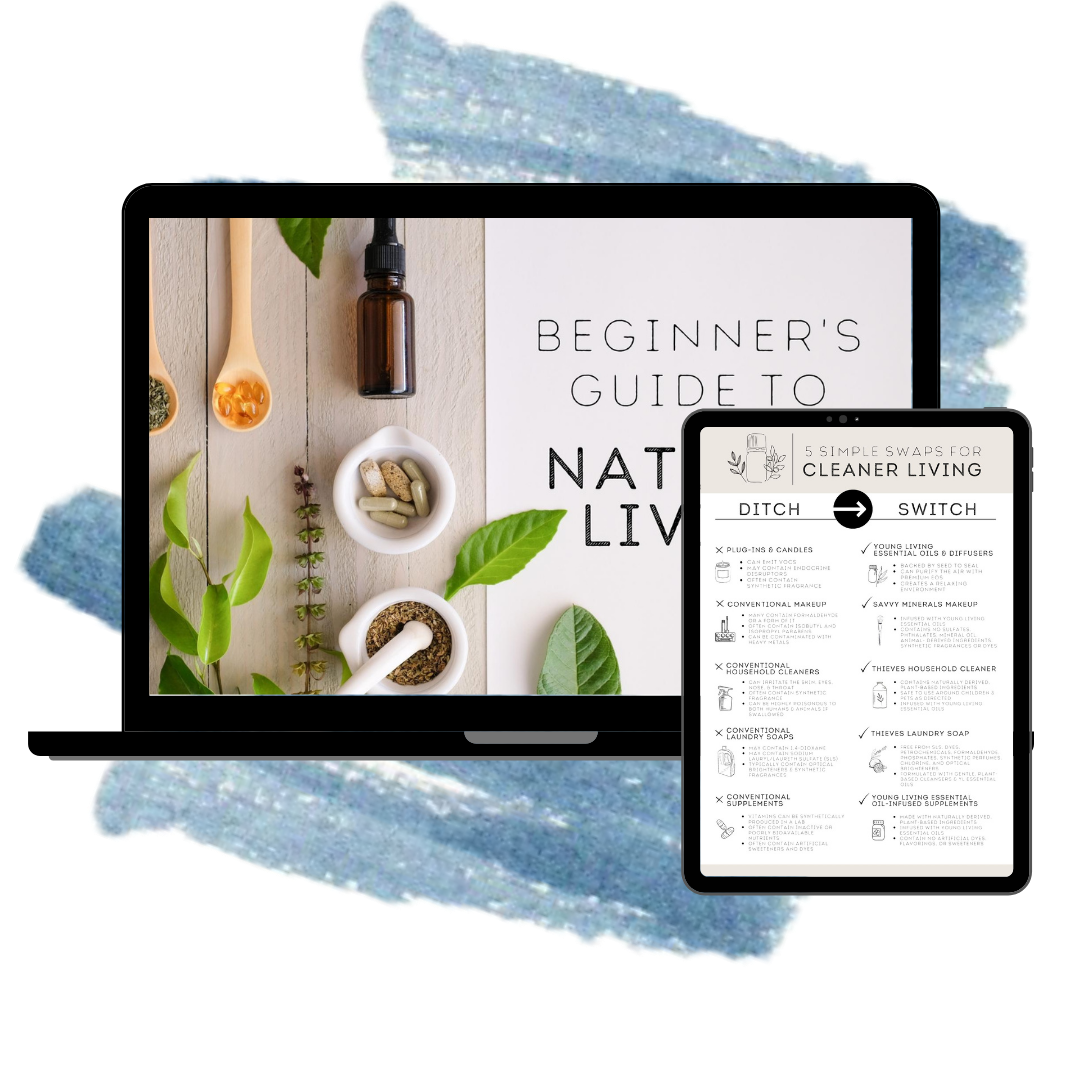
Ok, I could not resist getting back to my blog articles that are intended to educate you on the dangerous world we live in and especially the dangerous chemicals our food producers use in our supposedly “clean” food supply!
The information in this blog is derived from the Environmental Working Group's (EWG) recent guide. You can too, can subscribe to the EWG communications, it’s free!
Our food should be nourishing and safe to eat……BUT
More than 10,000 chemicals are “allowed” in food sold in the U.S. Some are direct additives, such as preservatives like butylated hydroxyanisole (BHA) which are INTENTIONALLY added to processed food. Others are so-called indirect additives, like heavy metals, which contaminate the food during processing, storage, and packaging.
Almost 99% of food chemicals introduced since 2000 were greenlighted for use by food and chemical companies, rather than properly reviewed by the Food and Drug Administration (FDA). Many of these widely used chemicals are associated with major health harms, including increased risk of cancer, developmental harm, and hormone disruption.
The list below is the worst dozen offenders on the market and should be avoided at all costs!
1. Nitrates & Nitrites
Nitrates & Nitrites are preservatives used in cured meats. Nitrites can form from nitrates and have been linked to stomach, esophageal, and possibly brain and thyroid cancers.
2. Potassium Bromate
Potassium bromate is a possible human carcinogen added to flour used in packaged baked goods.
3. Propyl Paraben
Propylparaben is a preservative used in pastries and some tortillas. It causes developmental and reproductive harm.
4. BHA
Butylated hydroxyanisole, tetter known as BHA, is a preservative used in cured meats and other foods. Multiple sources have identified it as a possible carcinogen.
5. BHT
Butylated hydroxytoluene, called BHT, is a preservative found in cereals and other foods. It’s a chemical cousin to BHA and is a possible human carcinogen.
6. TBHQ
Tert-butylhydroquinone, or TBHQ is a preservative used in Pop-Tarts and other processed foods. It may harm the immune system and weaken the effectiveness of vaccines.
7. Titanium Dioxide
Titanium Dioxide is a color additive used primarily on candy! This was featured in my “No More Skittles blog article. It may damage DNA!
8. BVO
Brominated vegetable oil, or BVO, is used to stabilize citrus flavors in sodas and fruity drinks. It can cause neurological harm.
9. PFAS
The toxic per- and polyfluoroalkyl “forever chemicals” are used in food packaging and are known to leach into the food itself. They increase the risk of cancer and damage the immune and reproductive systems, among many other health harms.
10. Artificial Colors
Synthetic food dye can be found in many types of food and beverages. They can affect development and cause behavioral difficulties in children. There are seven especially concerning:
- Red 3
- Red 40
- Yellow 5
- Yellow 6
- Blue 1
- Blue 2
- Green 3
11. Artificial Sweeteners
Artificial sweeteners, like Splenda and SweetnLow, can affect the hormones that regulate metabolism and have a negative effect on weight control.
12. Heavy Metals
Many baby foods contain dangerous levels of heavy metals, including mercury, lead, cadmium, and arsenic. Exposure can slow growth and development, increase cancer risk and lead to behavioral and learning difficulties. Most metals get into food through water and soil pollution.
How to avoid
What is the best way to prevent consuming these food chemicals...READ THE FOOD LABELS!
These substances end up in what we eat, thanks to a LEGAL loophole that allows foods to be classified as “generally recognized as safe”. It’s a loophole food and chemical companies have exploited for decades – it means that instead of the FDA determining which food chemicals are safe to consume, the manufacturers of those substances decide!
That can leave consumers struggling to know what’s safe for their families!
Now you know what to avoid…..so you are armed to do just that!















